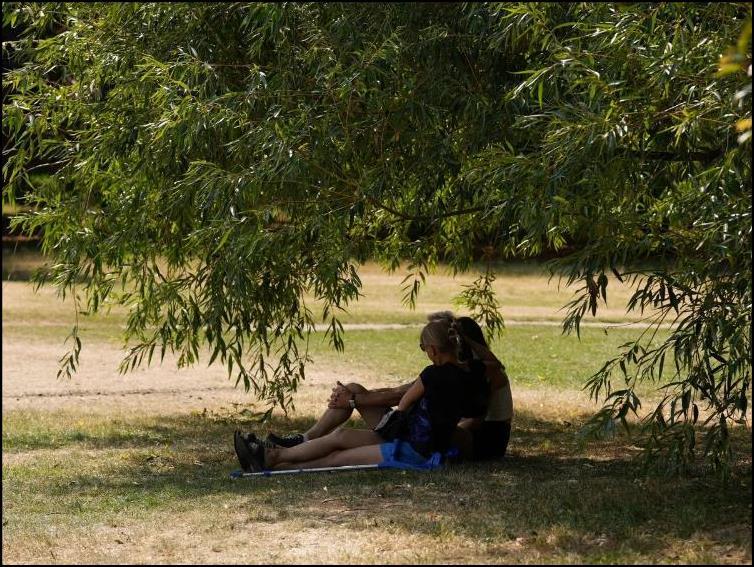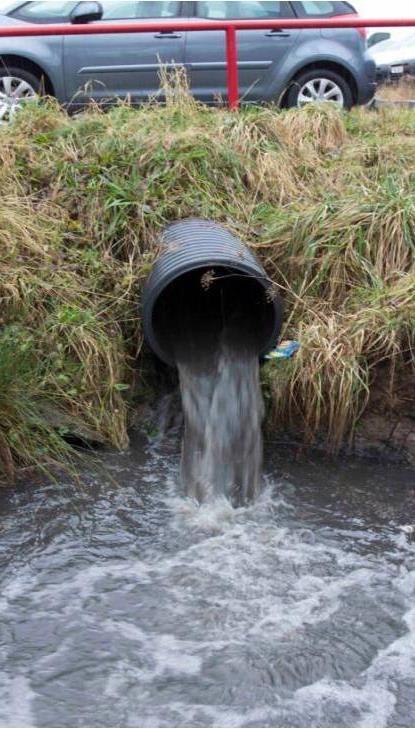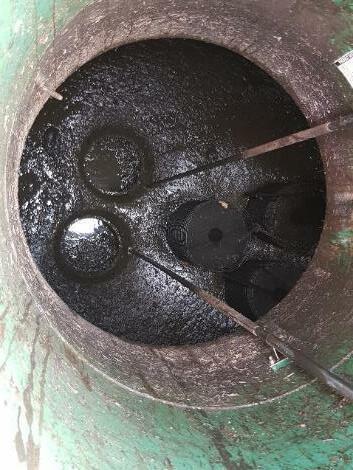We are a UK Charity created to reduce pollution from urban surfaces, with a focus on microplastics and plastic litter











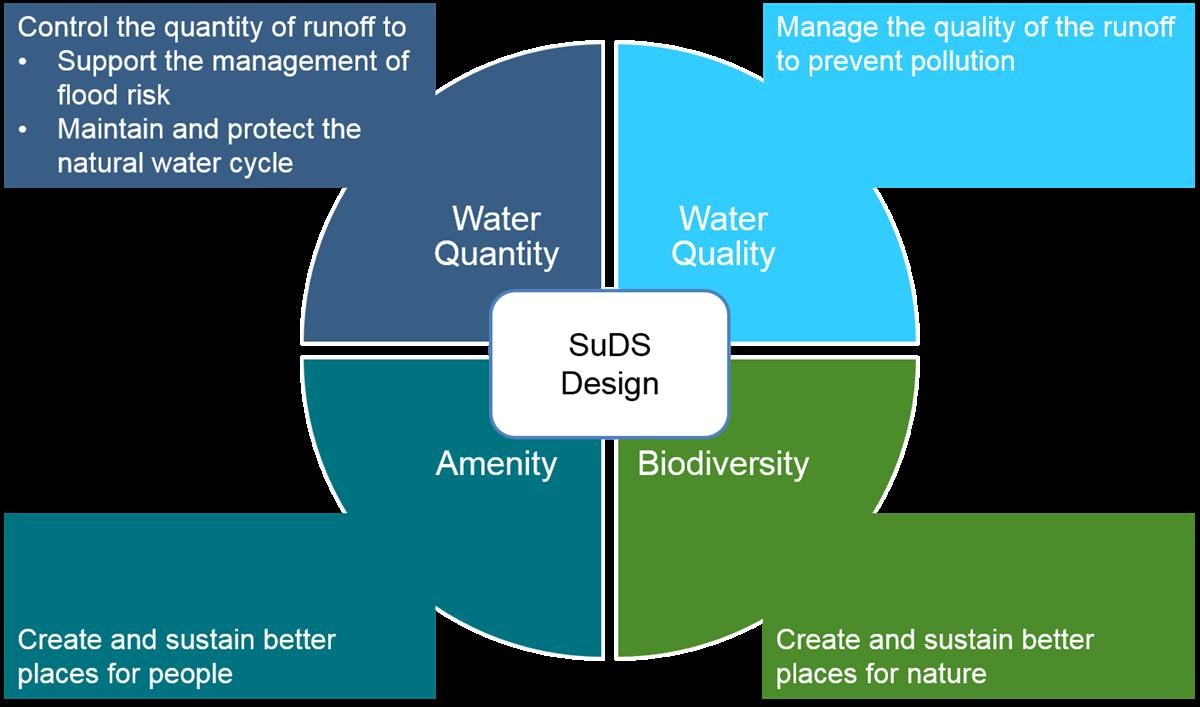
Sustainable drainage systems (SuDS) are designed to maximise the opportunities and benefits we can secure from surface water management.
The SuDS Manual CIRIA 2015

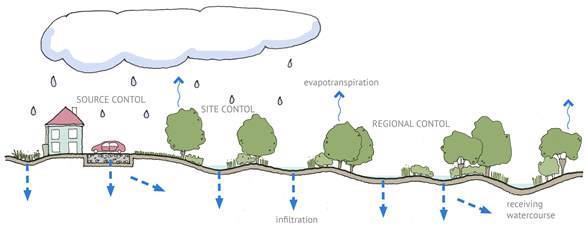

It’s about mimicking the natural flow on a greenfield site
• Think about where the pollution comes from and how we can control it using SuDS

• The nature of the SuDS depends on the level of pollution to some extent.
• And remember that some runoff, from trunk roads, industrial areas and waste sites, is too polluted to out straight into vegetative SuDS without pre-treatment because it will contaminate the habitat and it will harm local wildlife.
• Think about the activities that take place in the area you are planning, and the pollutants that might arise:
• Pedestrian areas and residential driveways, residential car parks, low traffic zones & non-residential car parks with infrequent change
: LOW risk
• Commercial yard & delivery areas, non-residential car parking with frequent change, and all roads except low traffic roads and trunk roads/motorways : MEDIUM risk
• Sites with heavy pollution, sites where chemicals & fuels are used, industrial sites and trunk roads & motorways : HIGH risk

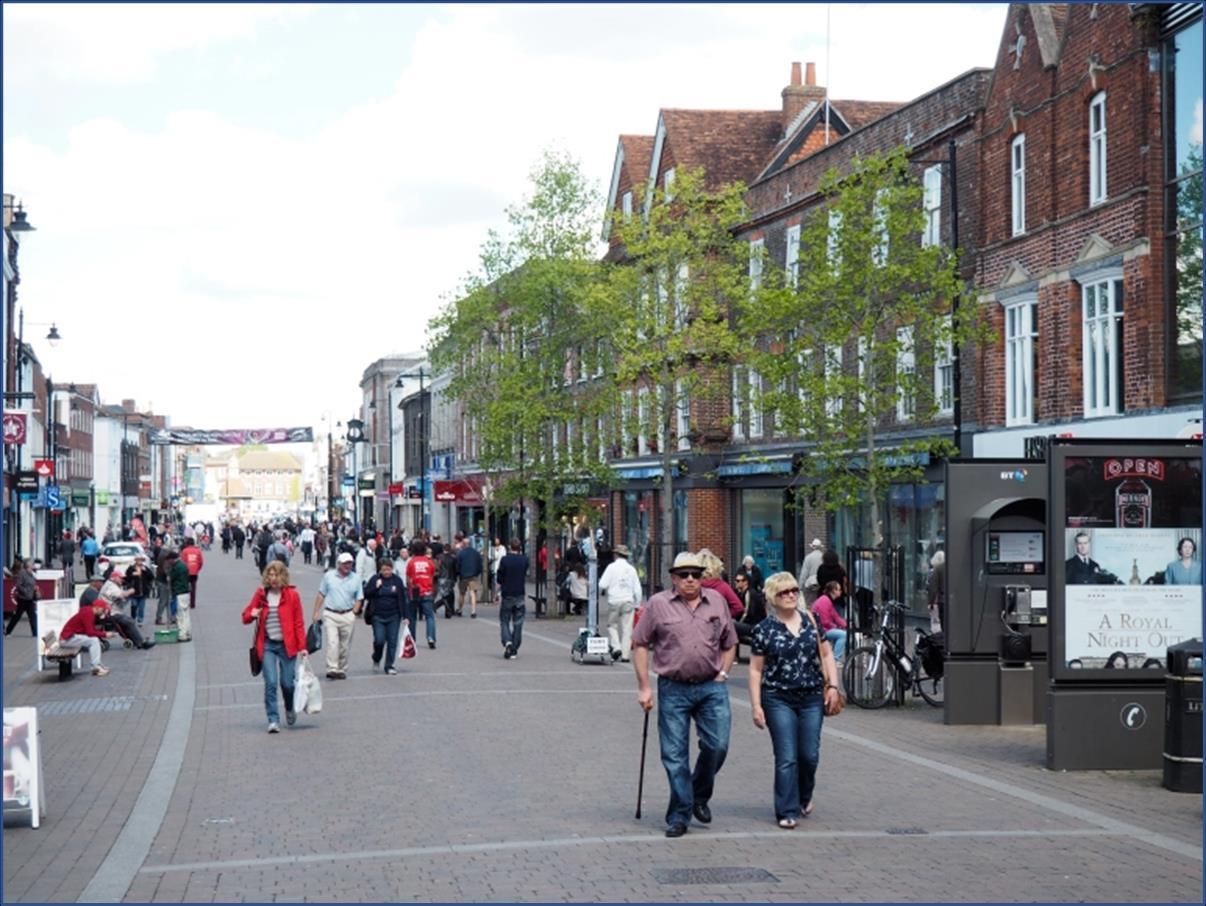
very few
Medium risk surfaces have some sources of limited pollution including some vehicles and possible spillages of products by customers or during deliveries.
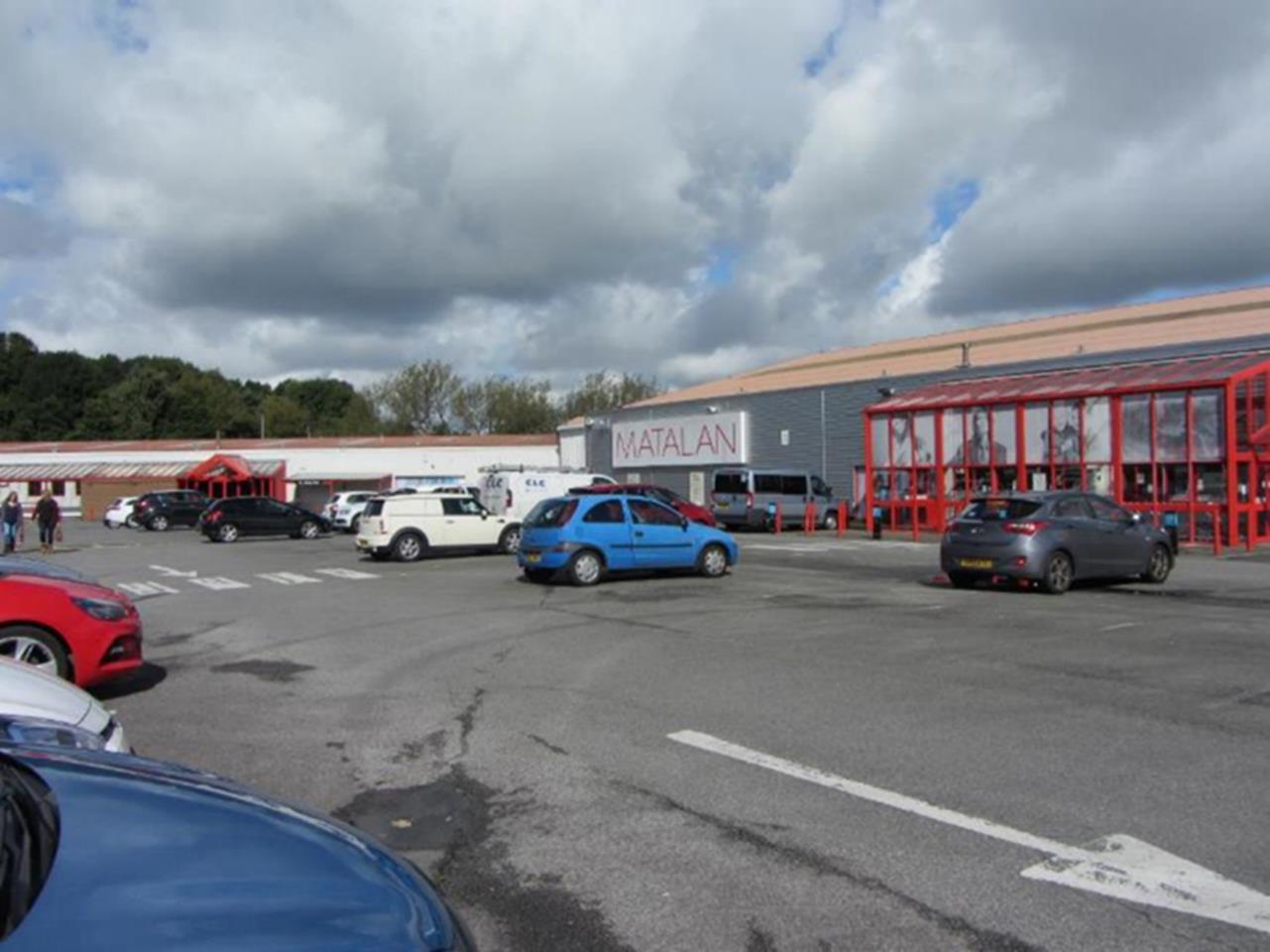
High risk surfaces can have a high risk of harmful spillages
High risk surfaces also have sources of significant chronic pollution such as heavy traffic
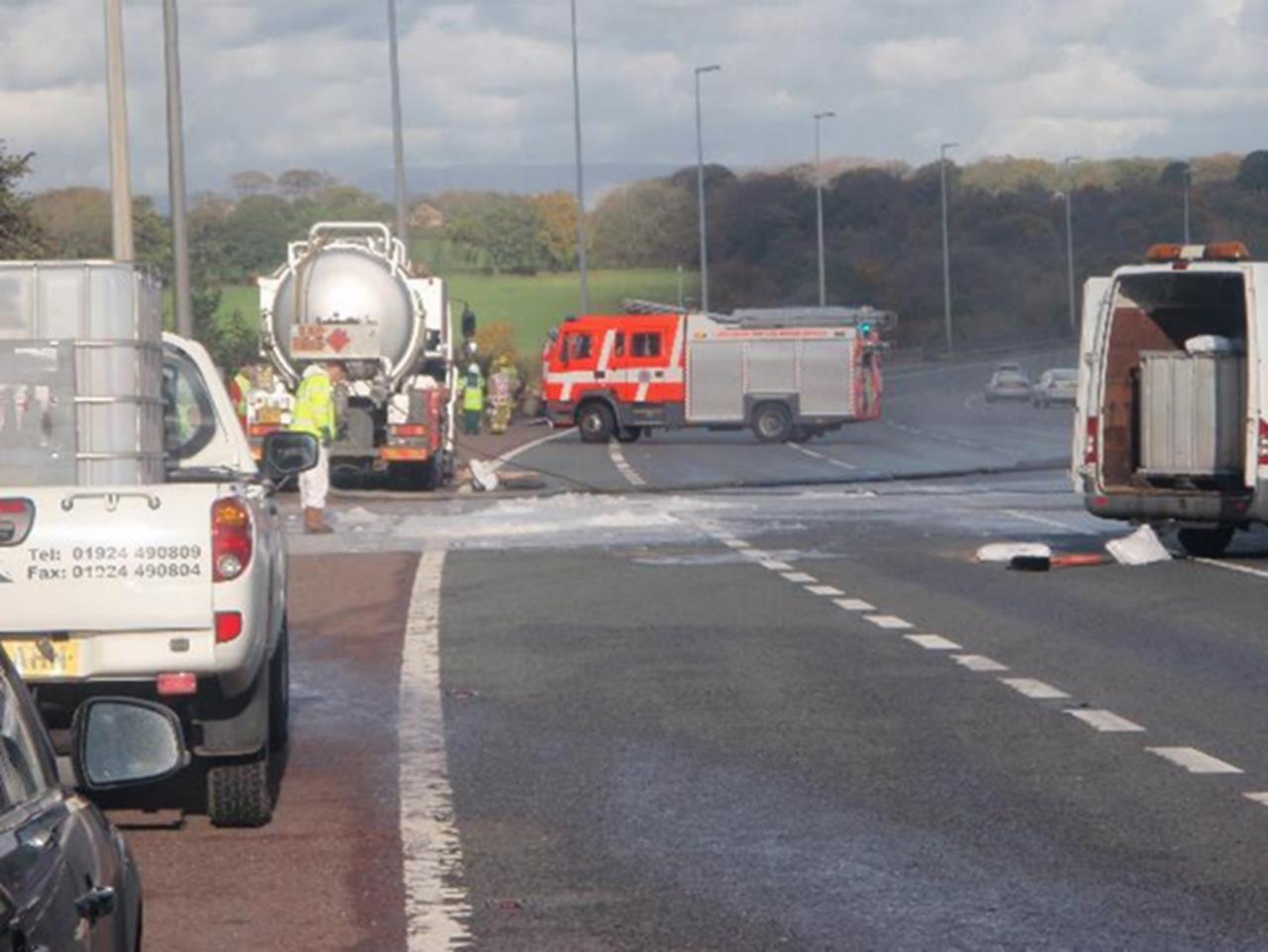
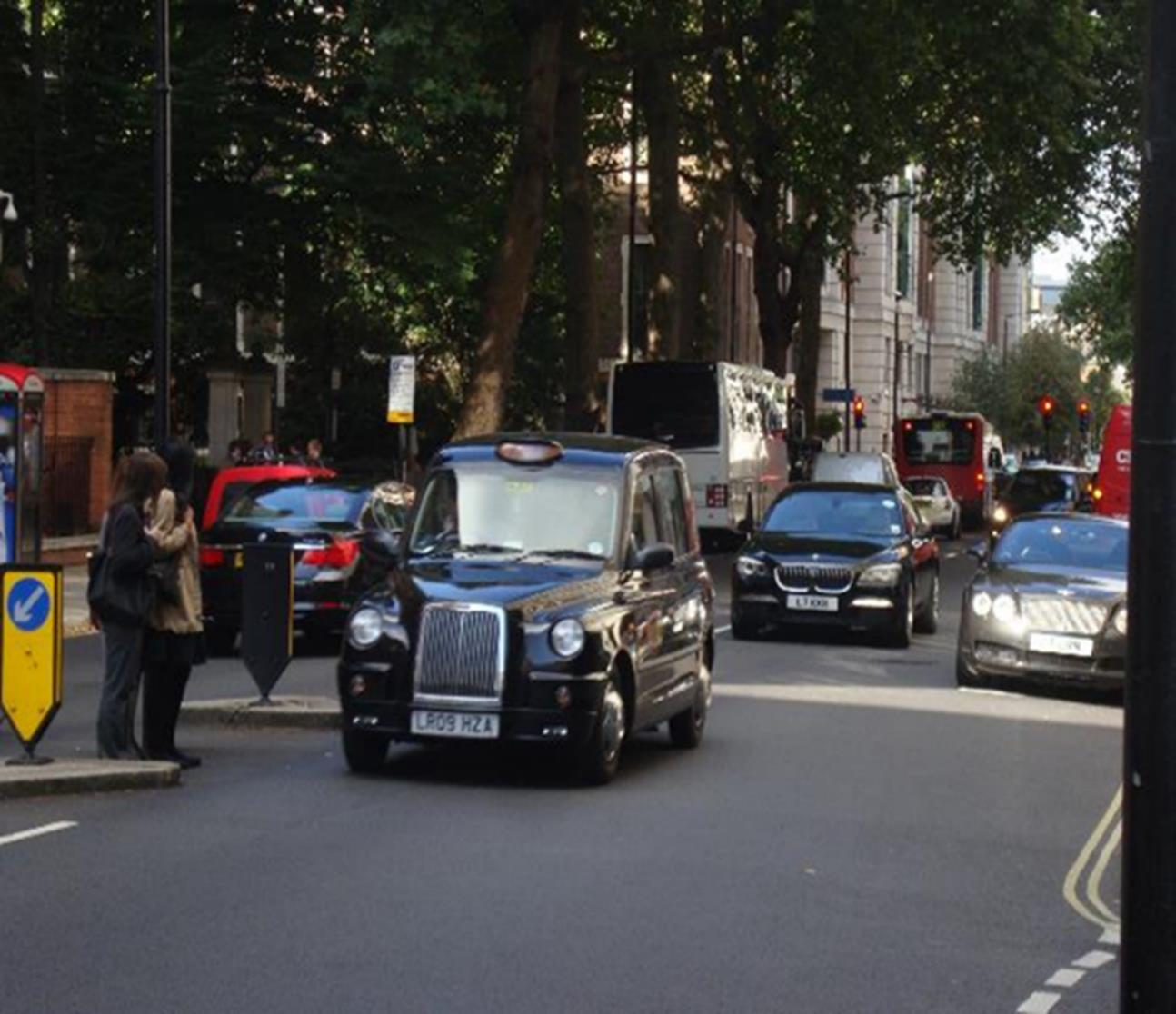

This should be the first thing you consider for a SuDS scheme; can the rainwater be captured and reused? If it can, it reduces the consumption of potable water, saves energy and removes the water from the drainage network.
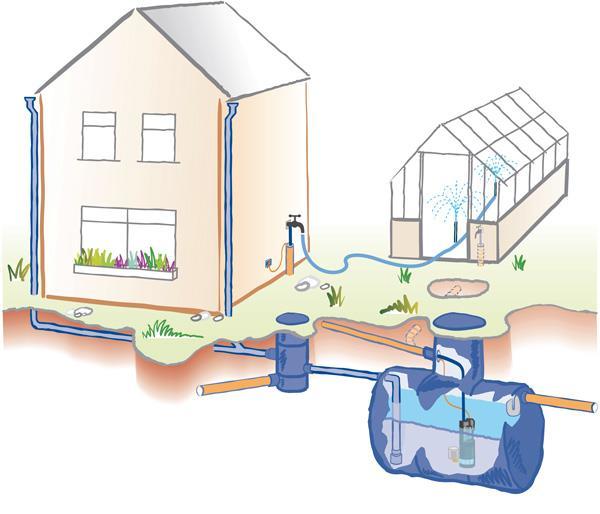

This tiny infiltration basin takes the rainfall from 8 car parking spaces and it soaks into the ground. It is perfect example of how easy and cost effective SuDS can be. They don’t need to be complicated or expensive. This is an example of surface water being managed near its source so that is never enters the surface water drainage system.
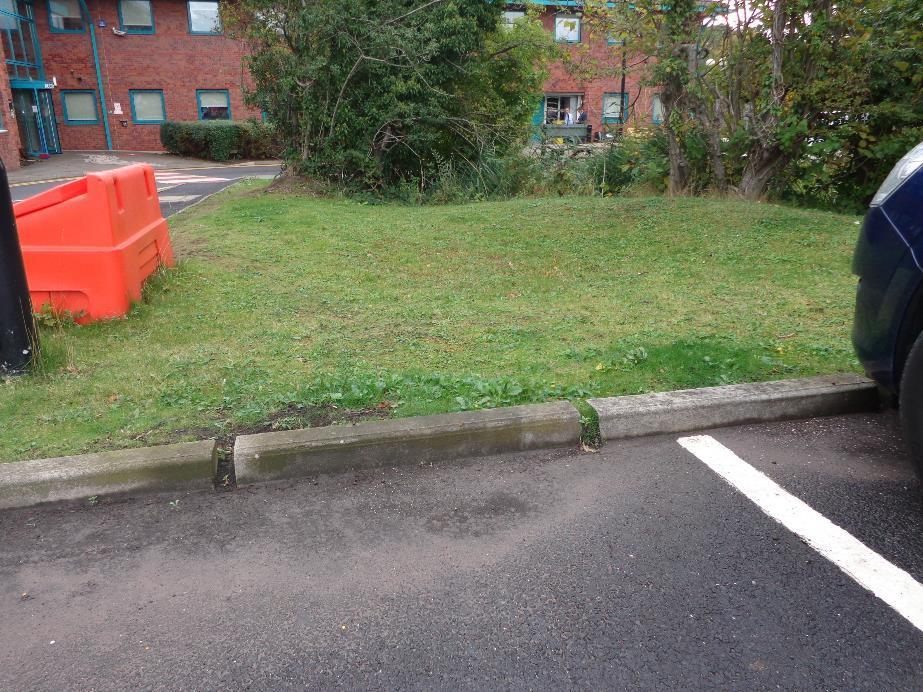

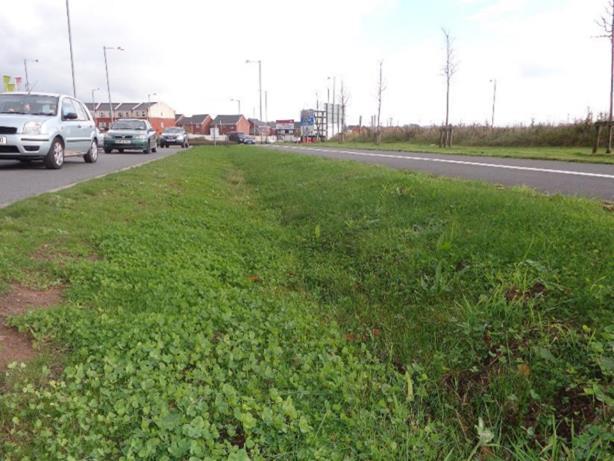
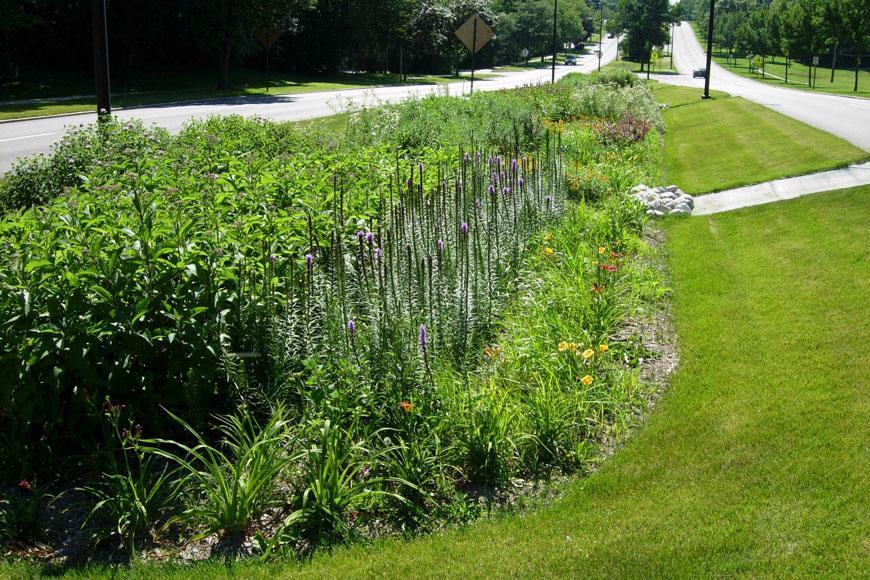

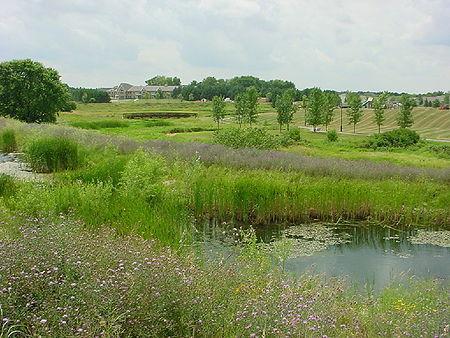

Basins are great for pollution control. Retention Basins hold water all the time, and Detention Basins only hold water when it’s raining hard.
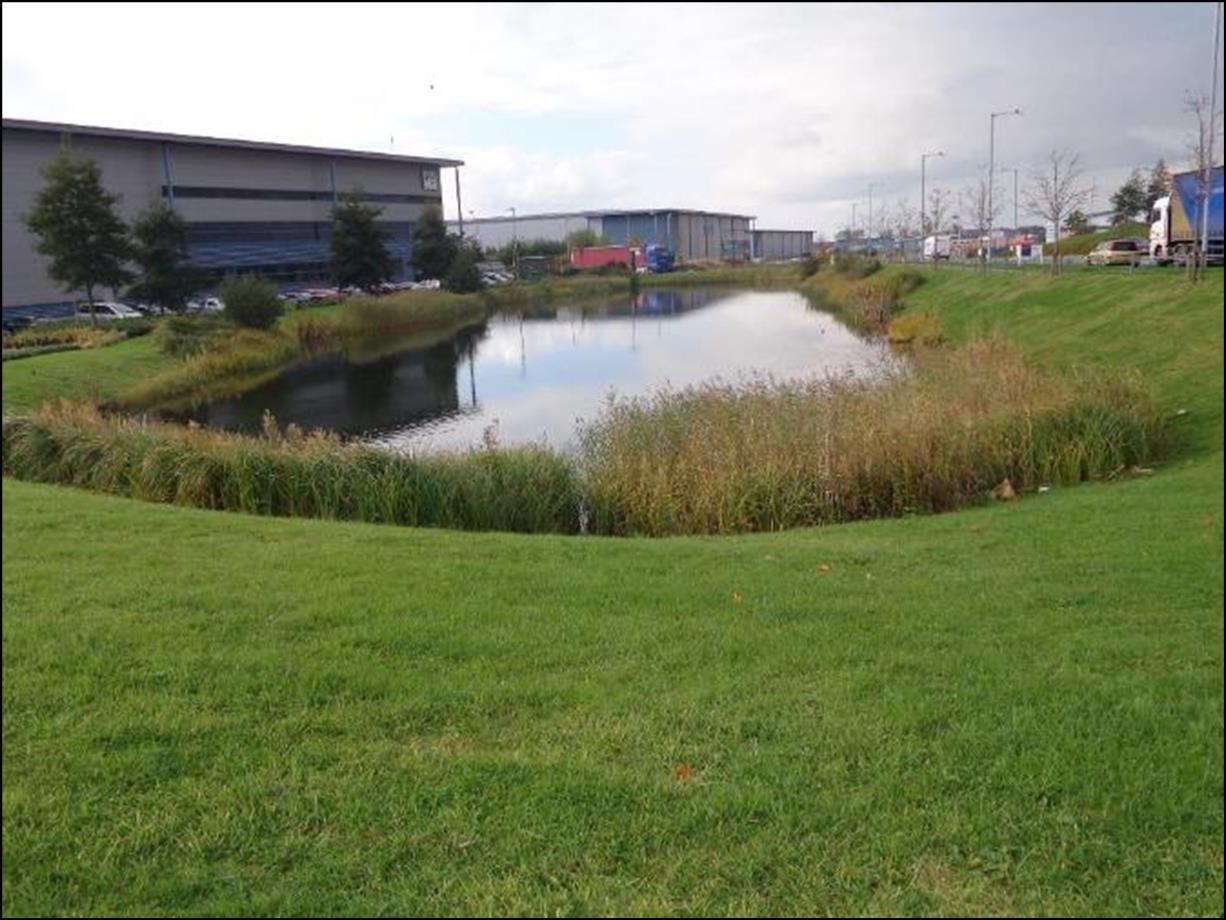
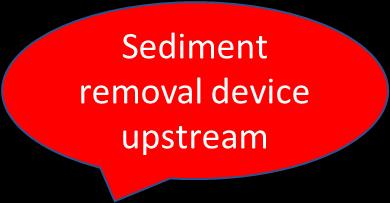

Ponds are perfect! (As long as the runoff is clean enough). They manage pollution well and create lovely habitats. But remember to include a sediment removal device upstream so your pond doesn’t fill with sediment and microplastics.



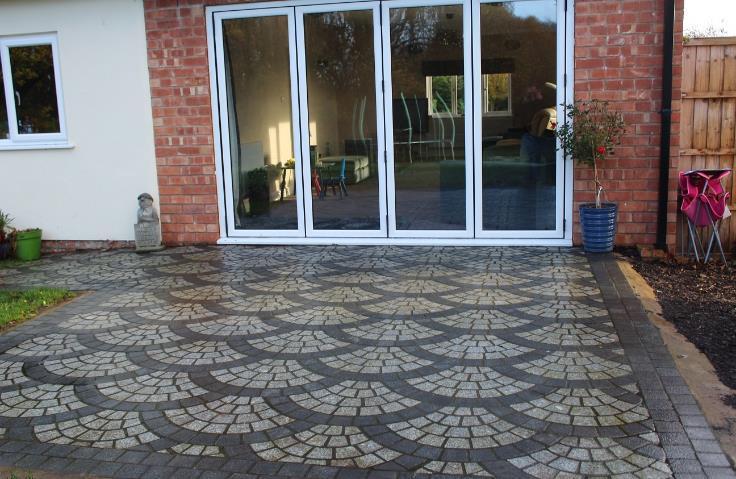



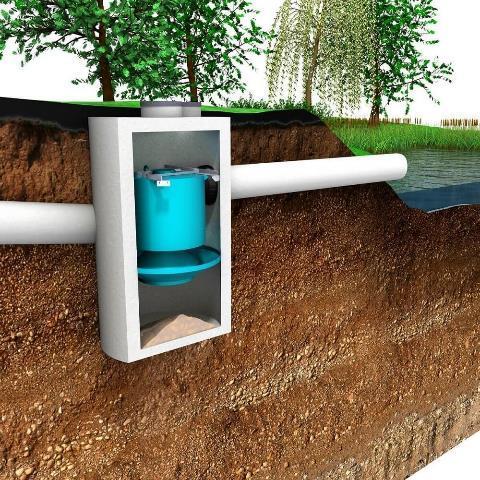
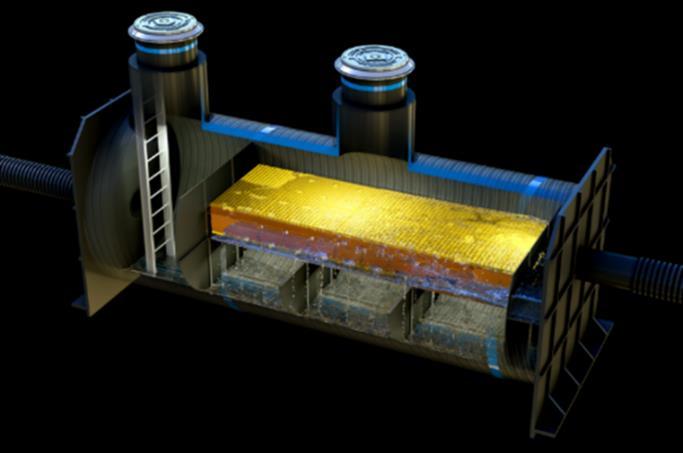

• Some SuDS devices combine manufactured components and vegetative components to offer all four ‘Pillars of SuDS’ in one device, in a smaller footprint.
• These systems are becoming more commonplace because they provide the attenuation that you need, but still deliver benefits for water quality, biodiversity & amenity.
• They can be flexible in their shape and size and can be fitted into convenient spaces on a development, such as traffic calming structures, turning circles etc. so that they don’t encroach on the developable area too much.


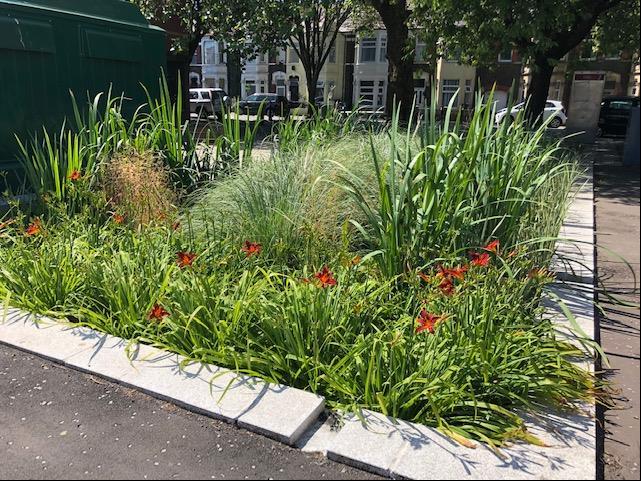
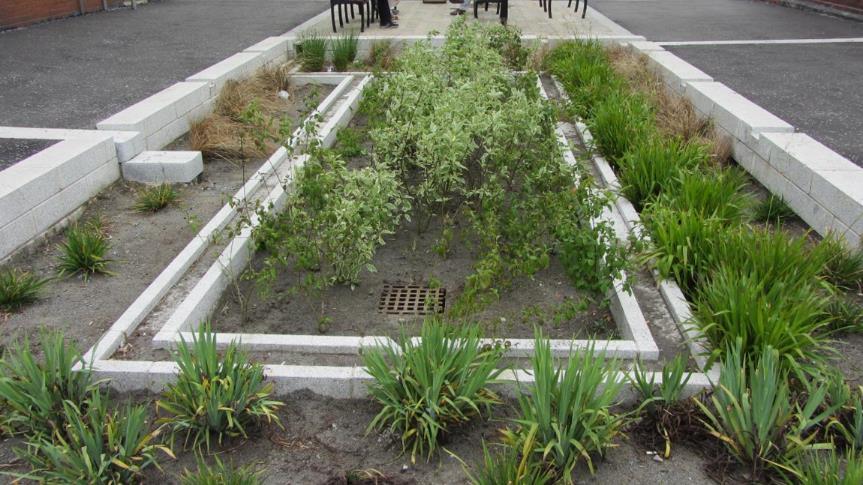
This example from America shows the benefit of designing these devices early on in the design process. This is a lovely example of good SuDS and what they can offer to a residential development.
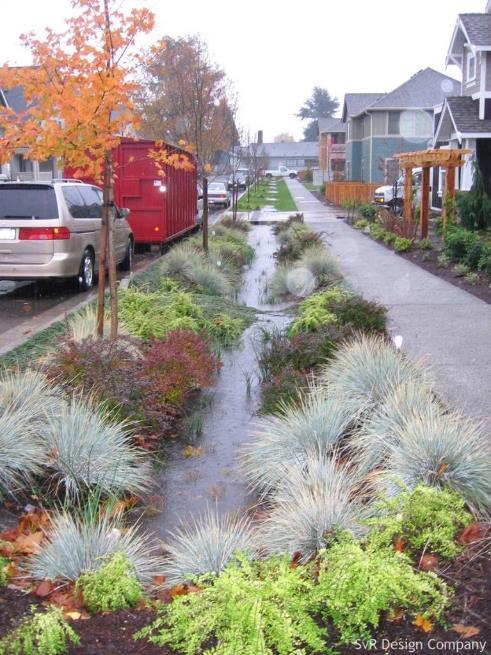


‘Plug
are coming onto the UK market now. They are particularly useful for retrofit installations, but they are good for new build too, where they can be integrated into drainage systems easily
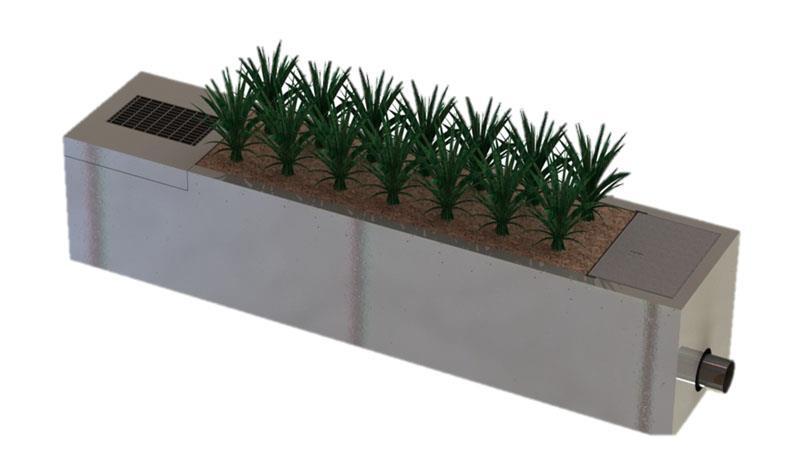

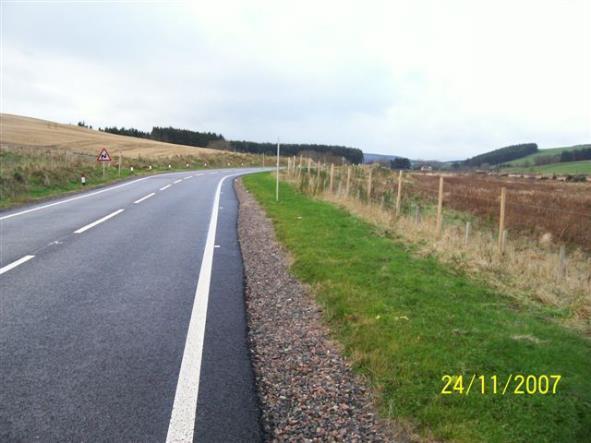
Filter drains are fabulous for dealing with road runoff. They would be my preferred option for almost any new road!

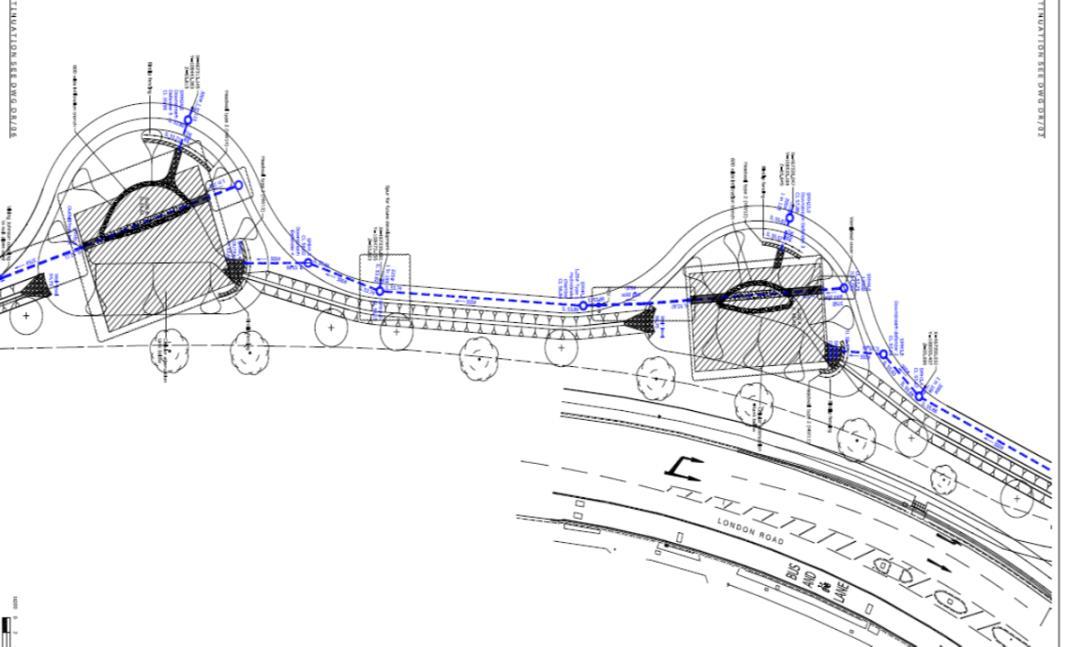
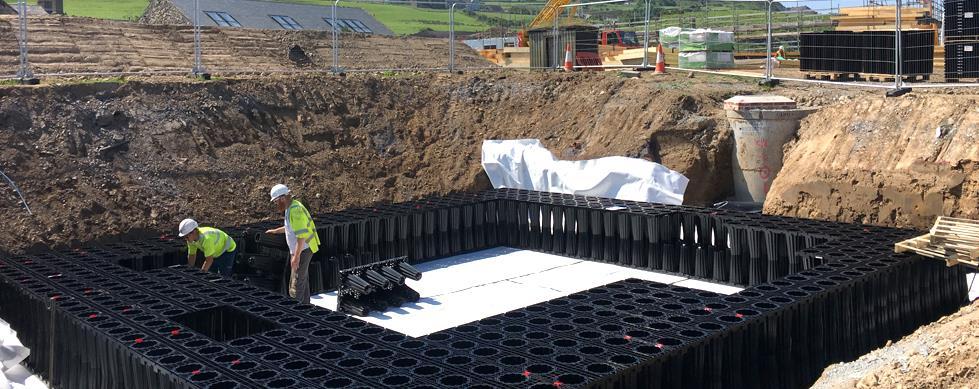

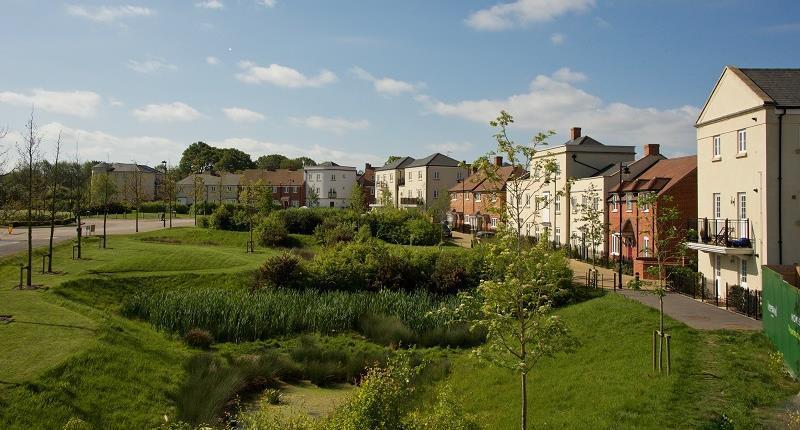
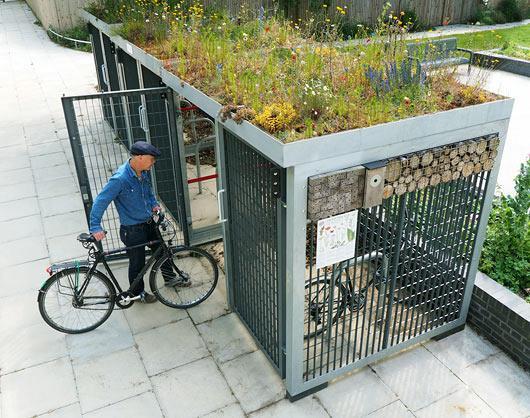

• Property level SuDS are lovely – raingardens and water butts can help any home to manage their stormwater better.
• But planners and water companies are worried that homeowners cannot always be relied upon to manage, maintain and retain devices, so community level SuDS are often preferred, with a larger bioremediation zone treating a whole cul-de-sac.
• Community level rainwater capture & reuse is uncommon but should be rolled out across the South of England as a matter of urgency (if only we can find some money!)

• Every SuDS scheme that you design must do all that it can to deliver local climate resilience.

• Gone are the days when a skinny swale at the bottom of the hill is enough.
• You don’t have to save the World single-handedly, but every rain garden, every pond, every swale can create a habitat for wildlife and a stormwater management device that makes a meaningful difference.
• Water - Hold it; save it; use it; share it.
• And there must be enough of them to create a web for life.
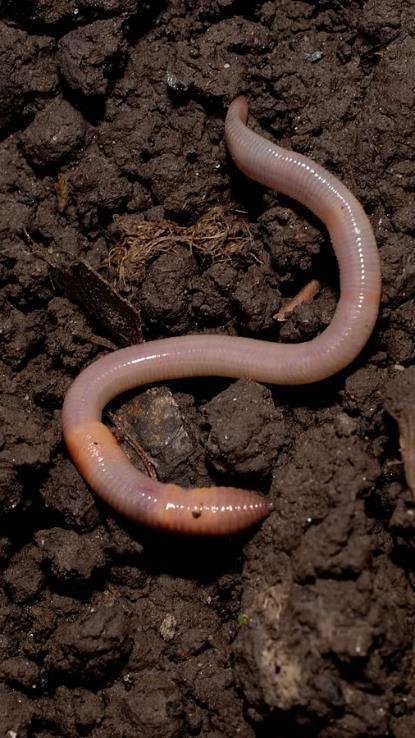


•

By including lights in SuDS
schemes, we reduce the opportunity for birds, moths and other insects to live in the vegetation and to feed at night.
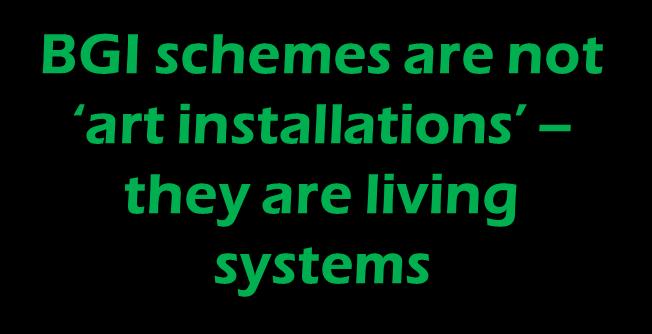

Lighting must be included as little as possible and turned off for as long as possible.
Lighting in this scheme in Manchester makes it less attractive to wildlife

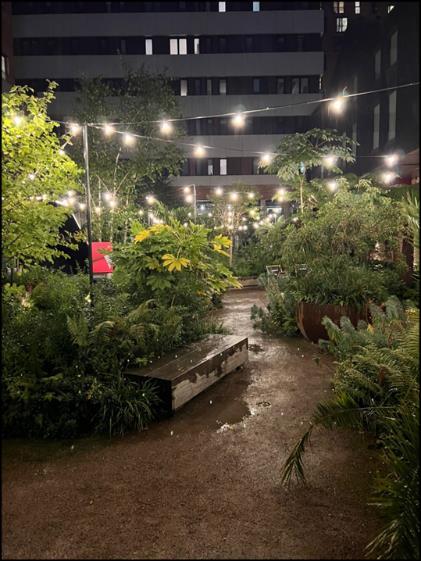

• We should include fruit trees and fruit bushes in SuDS schemes.

• Children and families living in towns should be able to pick fruit and to share it with their friends and families.
• It creates a connection between children and the fresh fruit that they are eating.
In the UK, we can include apples, pears, damsons, plums, raspberries and more.
• During the drought of 2022 in England, some of our SuDS devices died.
• If we had captured rainwater nearby, we could have kept them alive.
• Any wildlife that was relying on this habitat will have died too.

This raingarden died back in the drought of 2022
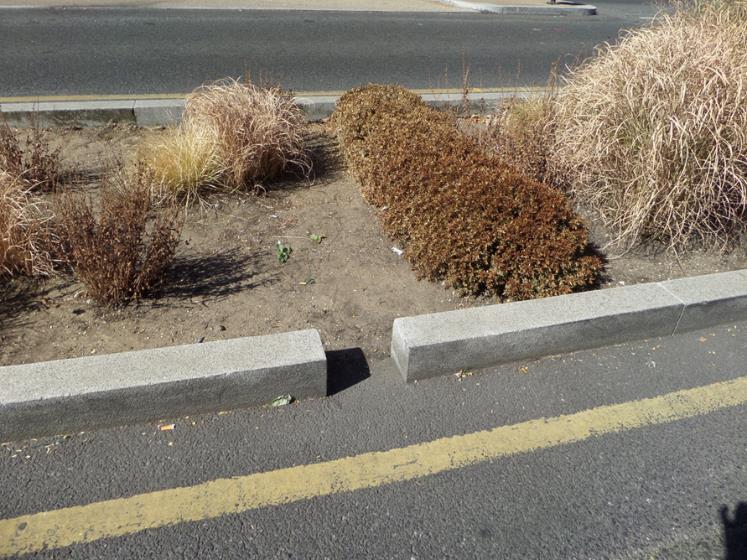
The whole local ecosystem relies on access to water.

This hedgehog died of thirst and hunger during the hot, dry spell in Lockdown
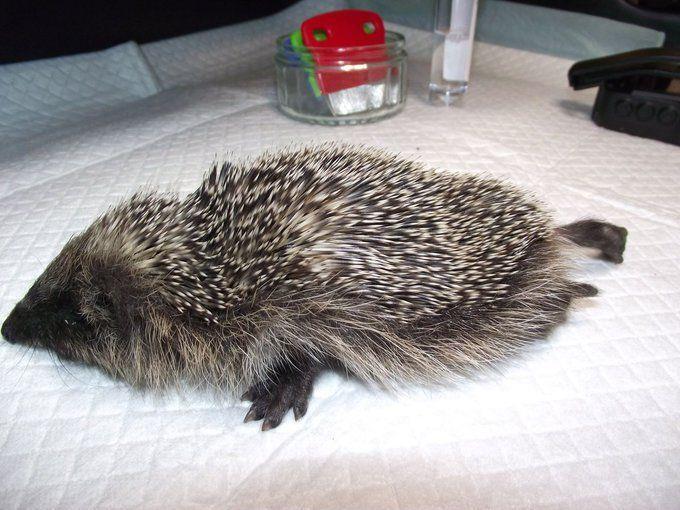
Why must we always make everything about the people? How can wildlife survive in a landscape with no surface water?

• During the heatwave of 2020 in the UK, thousands of people went to local parks and gardens to seek shade and cool spaces.
• By including trees, shelters and hedges in our SuDS designs, we can create shade for people and wildlife.
